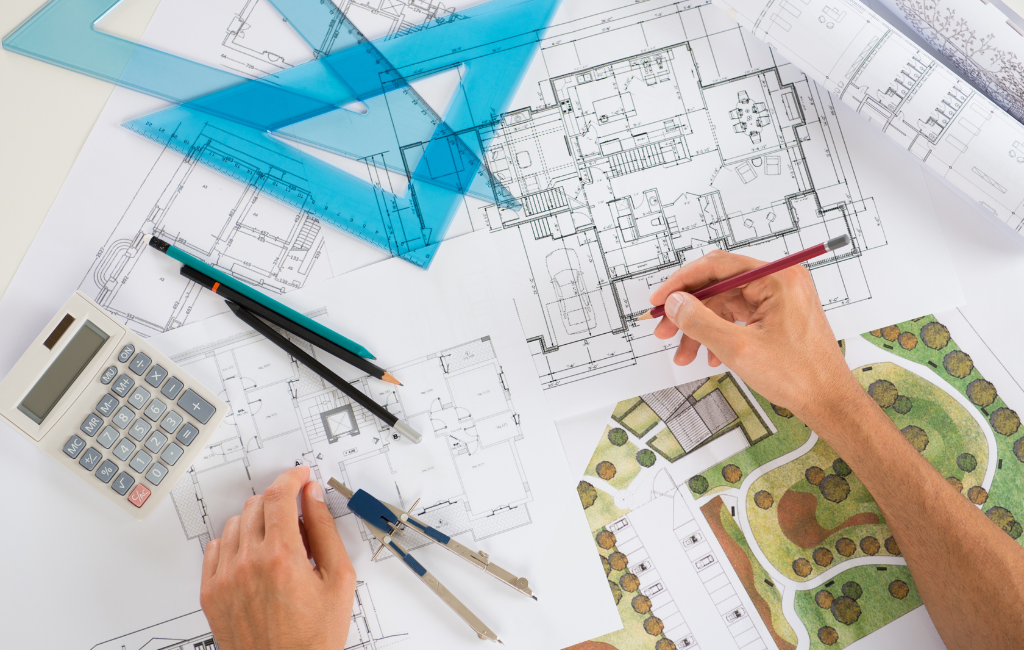Architect Trends for Modern Spaces
Modern architecture is constantly evolving, reflecting changes in technology, culture, and environmental awareness. This article explores the latest trends shaping contemporary spaces, offering insights into how these trends are being implemented in various projects around the world.
Sustainable Design
Sustainability has become a cornerstone of modern architecture. Architects are increasingly focusing on creating buildings that minimize environmental impact. This includes the use of renewable energy sources, sustainable materials, and designs that promote energy efficiency.
Green Roofs and Walls
Green roofs and walls are becoming more common in urban areas. These features not only enhance the aesthetic appeal of buildings but also provide insulation, reduce urban heat islands, and improve air quality.
- Example: The Bosco Verticale in Milan, Italy, features two residential towers with over 900 trees and 20,000 plants.
- Case Study: The ACROS Fukuoka Prefectural International Hall in Japan has a stepped garden that covers the entire building, providing a green oasis in the city center.
Energy-Efficient Buildings
Energy efficiency is a key focus in modern architecture. Buildings are being designed to reduce energy consumption through various means, such as improved insulation, energy-efficient windows, and the use of passive solar design.
- Example: The Edge in Amsterdam is considered one of the most sustainable office buildings in the world, with features like solar panels, rainwater harvesting, and smart lighting systems.
- Statistics: According to the International Energy Agency, buildings account for nearly 40% of global energy consumption, highlighting the importance of energy-efficient design.
Smart Technology Integration
The integration of smart technology is transforming modern architecture. Smart buildings use advanced systems to enhance comfort, security, and energy efficiency.
Automated Systems
Automated systems are becoming standard in modern buildings. These systems can control lighting, heating, and security, making buildings more efficient and user-friendly.
- Example: The Burj Khalifa in Dubai uses a sophisticated building management system to monitor and control various aspects of the building’s operation.
- Case Study: The Edge in Amsterdam uses a smart system that adjusts lighting and temperature based on occupancy and natural light levels.
Internet of Things (IoT)
The Internet of Things (IoT) is playing a significant role in modern architecture. IoT devices can collect and analyze data to optimize building performance and enhance the user experience.
- Example: Smart thermostats, such as the Nest Learning Thermostat, learn user preferences and adjust heating and cooling accordingly.
- Statistics: A report by Gartner predicts that by 2025, there will be over 75 billion IoT devices in use worldwide.
Flexible and Adaptive Spaces
Modern architecture is increasingly focusing on creating flexible and adaptive spaces that can easily be reconfigured to meet changing needs.
Open Floor Plans
Open floor plans are popular in both residential and commercial buildings. These designs promote collaboration and social interaction while allowing for easy reconfiguration.
- Example: The Googleplex, Google’s headquarters in Mountain View, California, features open workspaces that encourage collaboration and creativity.
- Case Study: The Lloyd’s building in London has a modular design that allows for flexible use of space.
Multi-Functional Spaces
Multi-functional spaces are designed to serve multiple purposes, making them more versatile and efficient.
- Example: The High Line in New York City is a public park built on a historic freight rail line, providing green space, art installations, and community events.
- Statistics: According to a survey by the American Institute of Architects, 70% of architects report an increase in demand for multi-functional spaces.
Biophilic Design
Biophilic design aims to connect building occupants with nature, enhancing well-being and productivity.
Natural Light
Maximizing natural light is a key aspect of biophilic design. Large windows, skylights, and open spaces help bring the outdoors inside.
- Example: The Salk Institute in La Jolla, California, features large windows and open courtyards that flood the building with natural light.
- Case Study: The Amazon Spheres in Seattle provide a lush, plant-filled environment for employees, promoting well-being and creativity.
Natural Materials
Using natural materials like wood, stone, and plants can create a calming and inviting atmosphere.
- Example: The Tree House by architect Robert Harvey Oshatz in Portland, Oregon, uses natural materials to blend seamlessly with its forested surroundings.
- Statistics: A study by Terrapin Bright Green found that biophilic design can increase productivity by 8% and well-being by 13%.
Conclusion
Modern architecture is characterized by a focus on sustainability, smart technology, flexibility, and biophilic design. These trends are shaping the way buildings are designed and used, creating spaces that are not only functional but also enhance the well-being of their occupants. As technology and environmental awareness continue to evolve, we can expect to see even more innovative and sustainable architectural solutions in the future.
